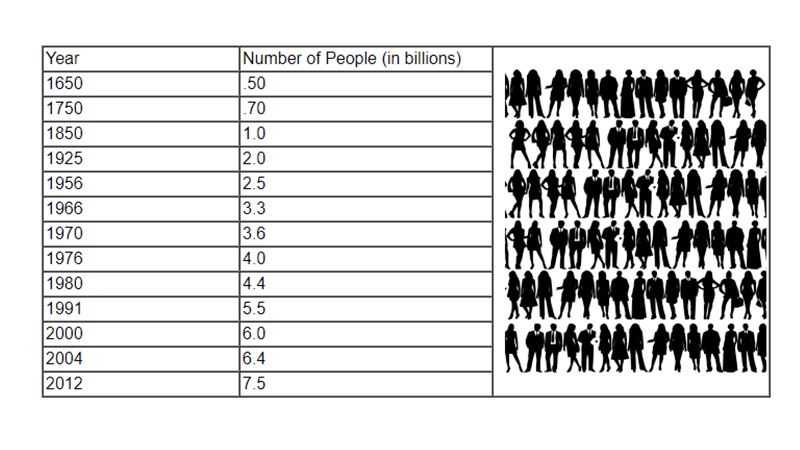Search results for: “car”
-
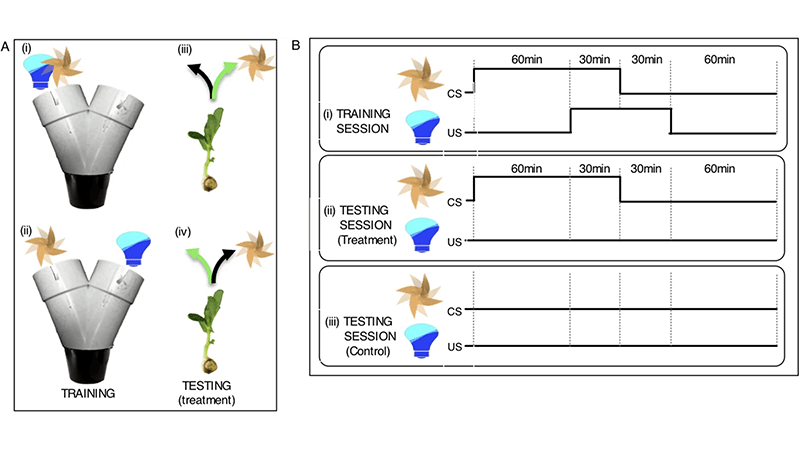
Can Plants Learn?
An experiment to determine if plants could learn by association Identify key features, such as variables, controls. Based on a real experiment in Nature.com.
-
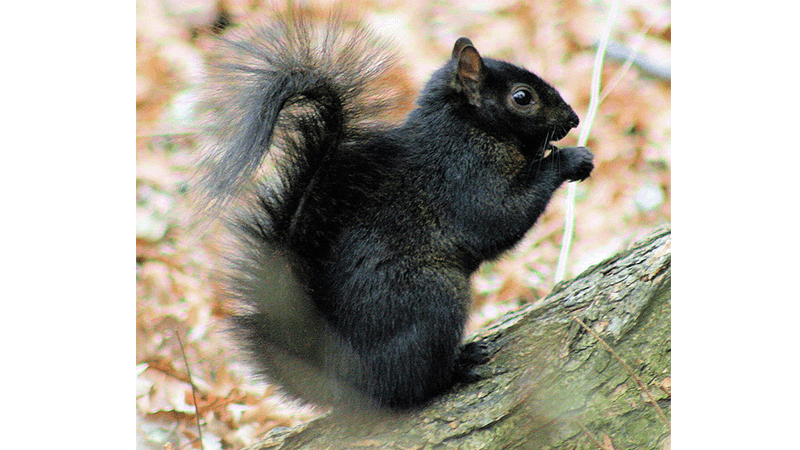
Hardy Weinberg Squirrels
This activity was created for students to complete on their own during the Covid-19 pandemic. Hardy Weinberg equilibrium can be a difficult concept, even with class guidance, so I’ve attempted to break it down into small bite-sized pieces. The Hardy-Weinberg equation is a fundamental principle in population genetics that describes the relationship between allele frequencies…
-

Human Population Growth
This activity was designed for home school during the Covid-19 pandemic. Students were completing a unit on ecology and had already done activities on trophic cascades. In this activity, students explore an interactive map and timeline that showcases major events in human history that impacted human populations, events like plagues or the development of new…
-
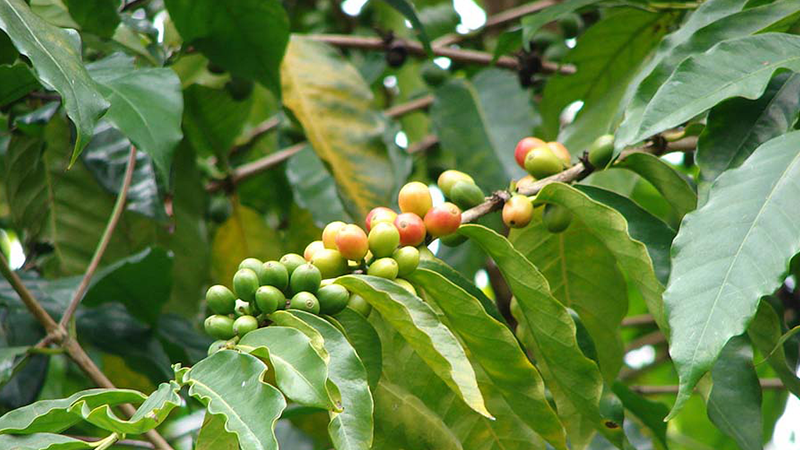
Evolution of Caffeine
In this activity, students access a database called UniProt that provides information about protein sequences derived from genome sequencing. Students search for the protein sequences of three plants that produce caffeine, Camellia sinensis, Coffea arabica, and Theobroma cacao (tea, coffee, and cocoa). They compare the protein sequences to determine if the gene to create caffeine arose independently…
-

The Calvin Cycle
TED-ED video on the Calvin Cycle explains how the cycle works to create glucose. Students complete questions and label a diagram of the Calvin Cycle.
-
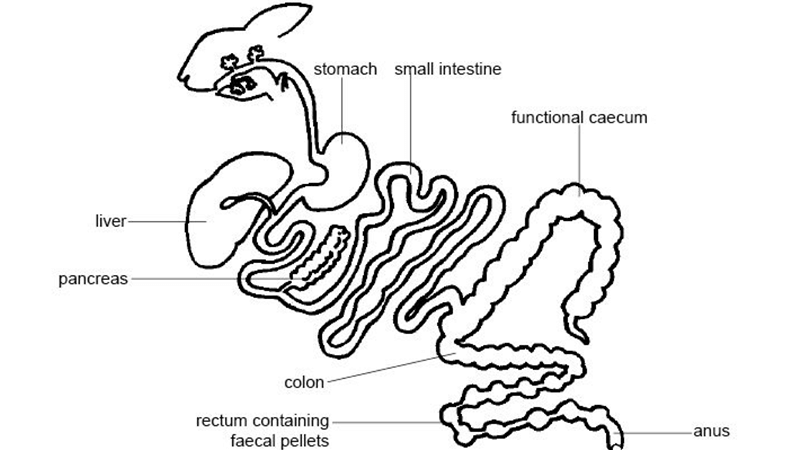
Label the Digestive System of a Rabbit
Students in biology may or may not do extensive dissections, but most biology classes do include a unit on comparative anatomy. Many teachers substitute dissections with virtual labs or paper versions of dissections where students label, color, or cut out parts. This worksheet shows a simplified diagram of a human and a rabbit digestive system…
-
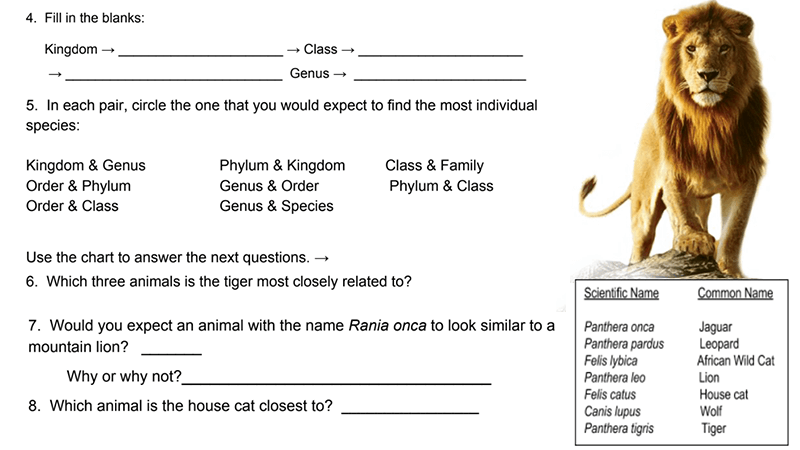
Practice with Taxonomy
Though Next Generation Science Standards does not emphasize the memorizing of major groups anymore, students can benefit from learning the basics of how animals are classified. Taxonomy is often introduced with evolution, where students learn how to analyze phylogenetic trees and create cladograms. This worksheet is a simple reinforcement exercise that covers the six kingdoms…
-
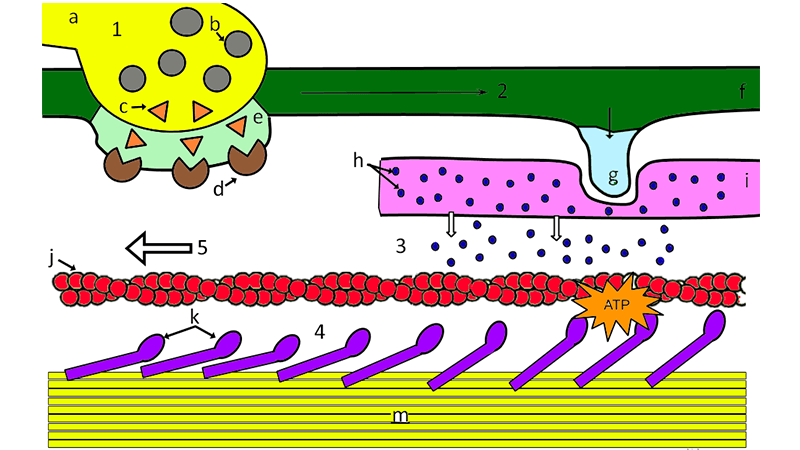
Sliding Filament Coloring
Step by step guide of the sliding filament model;, contraction starts with a nerve impulse and ends with muscle fibers shortening. Students color the diagram.
-
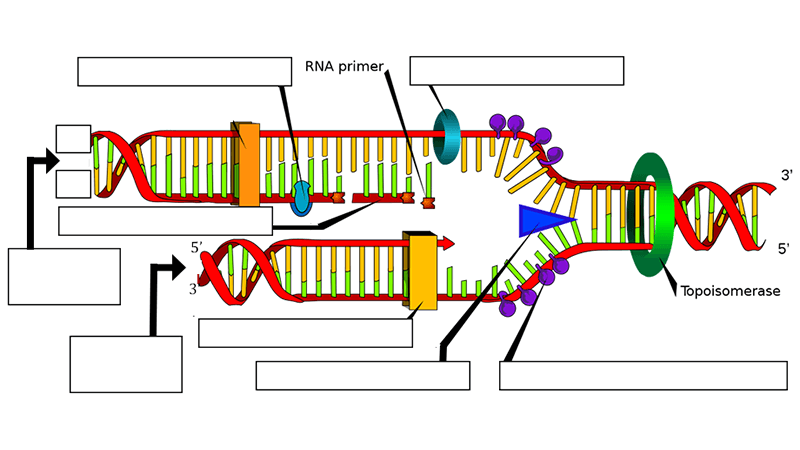
Label Steps of DNA Replication
For freshman, DNA replication is only covered in basic terms, where students are told that the process is semi-conservative and leads to the production of two new identical strands. AP Biology students are required to learn te steps of DNA replication and the roles that enzymes like DNA polymerase, helicase, and ligase, play in the…
-
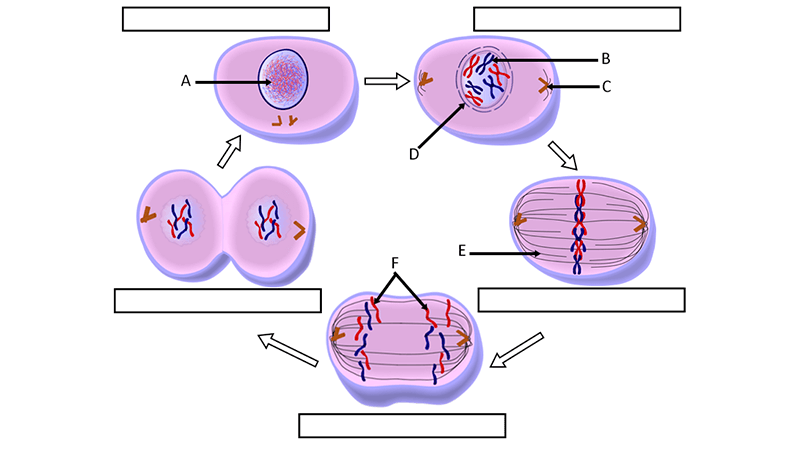
Cell Cycle Label
This worksheet was created for freshman level biology and is a simpler version of a worksheet I use in the advanced classes showing the cell cycle. The image shows a cell in interphase, prophase, metaphase, anaphase, and telophase. Students label each phase and then identify structures within the cell that are important for cell division,…
-
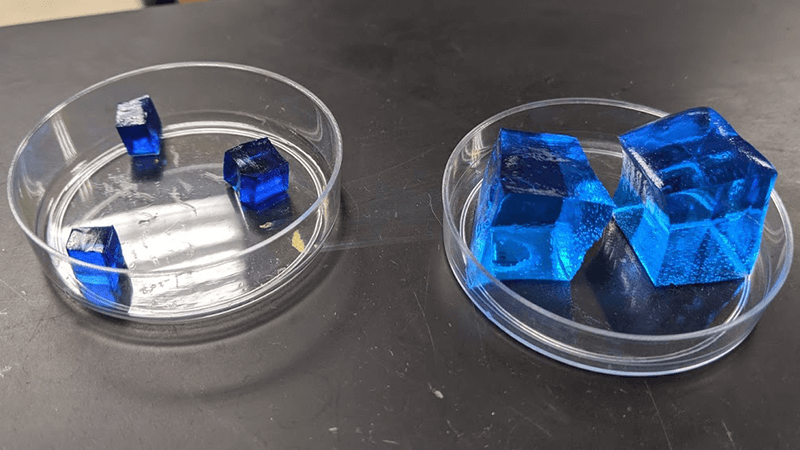
Modeling Osmosis
This basic lab uses Deco-cubes to show how they change in size when soaked in salt water, distilled water, and tap water.
-
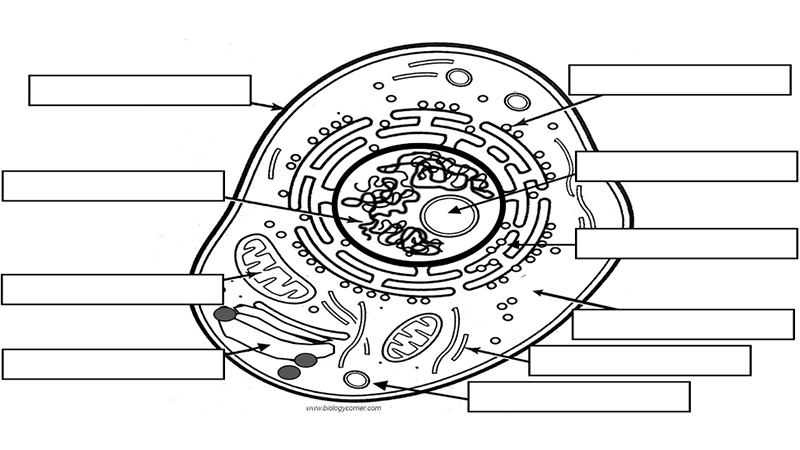
Reinforcement: Cell
This is a practice worksheet for students who are learning structures found in the cell. A list of terms can be matched with descriptions and definitions. The same terms can be used to label a diagram of an animal cell. I use reinforcement worksheets for review or remediation. I will give students 10 minutes to…
-
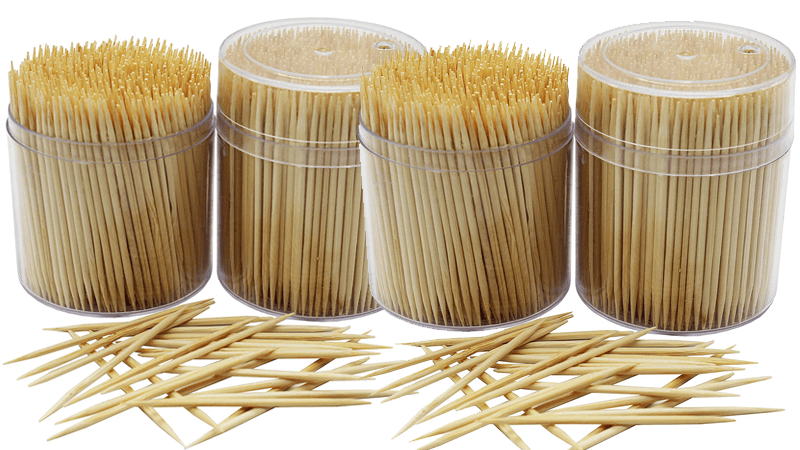
Investigation: Model Enzyme Activity with Toothpicks
Use toothpicks to model enzymes. Explore substrate and enzyme concentrations by changing toothpick numbers. Model competitive inhibition by taping fingers.
-

OpenStax Reading Guides
I use Openstax Biology 2e as a textbook for my AP Bio and dual credit class. Students can download this text for free, view it on their devices and print it out. You can even purchase a bound copy from Amazon for around $60, which is very reasonable for a textbook. This is the book…


